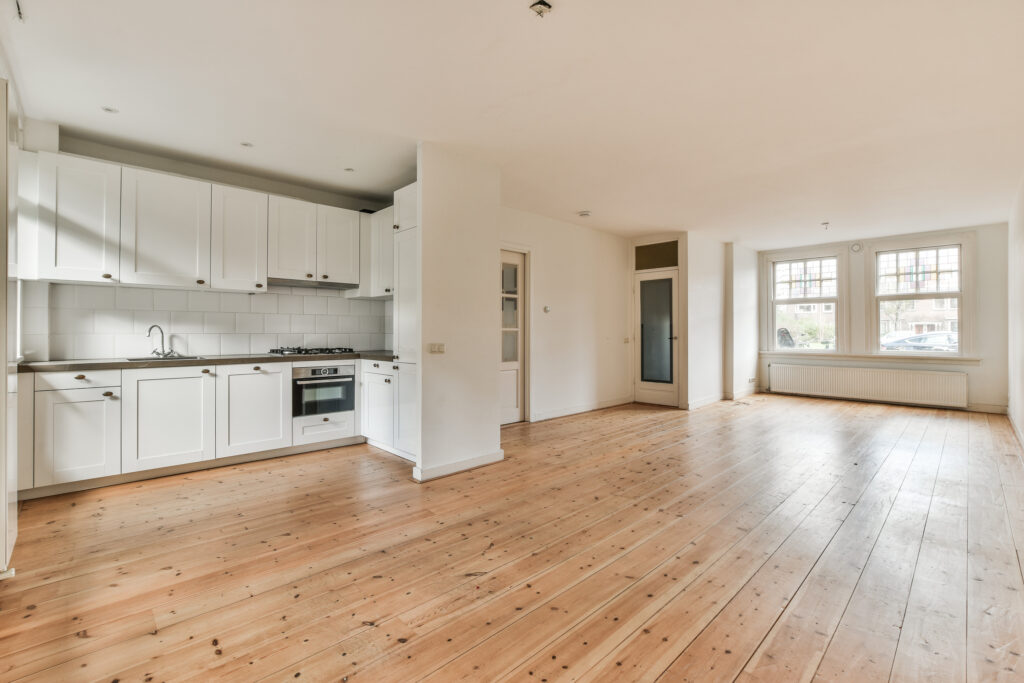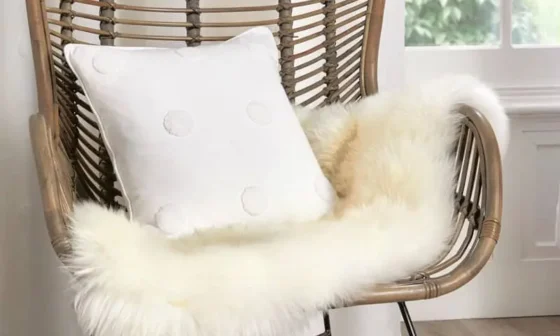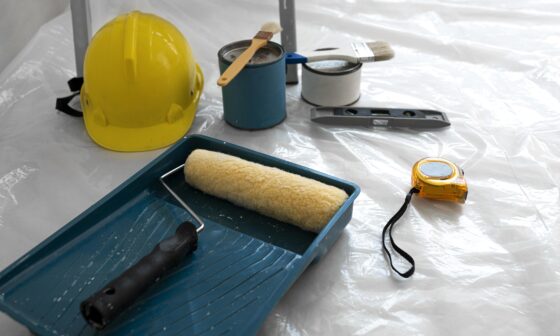
When you walk into a space, there’s usually something that immediately stands out. It might be the light, the layout, or a bold piece of furniture. But often, what actually sets the tone, without drawing too much attention to itself, is the floor.
It’s always there, covering more square footage than anything else in your home, quietly shaping the way everything else feels. And yet, it’s often treated as an afterthought. Choosing flooring based on trends or default materials doesn’t always work. To really make a home feel complete, the floors need to reflect the overall personality of the space. So, how do you get that right?
Get Clear on the Vibe of Your Space
Every home has its own mood. Some feel relaxed and earthy. Others feel sharp and curated. And some are full of life and motion. When shopping at your go-to flooring store Kennewick, the goal should be to find something that complements the natural vibe of your space. Before you think about materials or colors, take a look around and ask yourself some simple questions:
What kind of energy does this space already have?
Do I want it to feel grounded, open, warm, playful, or calm?
Are there features I’m trying to highlight or downplay?
This step matters because whether you’re going for laid-back comfort or something more high-contrast and modern, the flooring either helps set that tone, or it gets in the way.
Let the House Lead (Not Just Your Pinterest Board)
It’s easy to fall for photos of beautiful interiors, but just because something looks amazing in someone else’s space doesn’t mean it fits yours. Let your home’s architecture and natural features guide your decisions.
A classic or character-filled home might look better with rich, timeless wood tones or natural stone. Those materials feel like they belong. Meanwhile, a newer or more minimal space can handle cleaner, more uniform finishes. Trying to force a style that doesn’t suit the bones of your house usually ends up feeling… off.
If you live in a home with open beams and tons of texture, glossy white tile might not be the best match. Similarly, wide-plank, hand-scraped wood might feel heavy in a sleek, modern condo. Think about what suits the space before chasing aesthetics.
Think in Connections, Not Just Rooms
It’s tempting to choose flooring room by room, but flooring works best when it feels continuous. Even if you’re mixing materials, the transitions should be thoughtful and subtle.
Open layouts especially need a sense of flow. A hard stop between floors—say, dark wood in one room and light tile in the next—can feel jarring. That doesn’t mean every room needs the same material, but you want to avoid anything that breaks the rhythm of the home.
If you’re changing flooring types, keep the tone or undertone in the same family. Use similar textures or patterns. Even consistent board widths can make a difference. The goal? Smooth visual movement as you walk through the space.
Function First, Always
Flooring isn’t just about looks. It’s also about how your home functions on a daily basis. Start with the obvious: how you live. If you’re constantly wiping up after pets or dealing with heavy foot traffic, you’ll want something that stands up to wear. Think about the spots where life really happens, like the kitchen or entry, and pick something that can handle it without falling apart.
In quieter rooms like guest spaces or home offices, you can get away with something softer or more delicate. But high-traffic areas? You need tough materials that don’t need babysitting. It’s not about sacrificing style. It’s about not regretting your choices six months in.
Don’t Let Color Steal the Show
People often get stuck trying to pick the “right” color, but color isn’t everything. What matters more is whether that color works with the rest of the room.
Light flooring tends to reflect more light, making rooms feel bigger. Darker floors bring a stronger presence but can make small spaces feel tighter. Medium tones usually land in a safe middle ground; they’re less dramatic but easier to pair with furniture and wall colors.
The mistake? Choosing color in isolation. Always test samples in your space, under your lighting, and with your furniture. What looks neutral in a store can go red, yellow, or even green once it’s home. Look at the undertone more than the label. Two “gray” floors can feel completely different if one is warm and the other is cool.
Texture Is Where the Personality Hides
It’s easy to focus on color and gloss level, but texture often makes the biggest difference in how flooring feels. And we don’t just mean underfoot.
A smooth, polished surface can make a space feel sharp and clean. Great for modern homes, less ideal if you’re after warmth or a lived-in vibe.
A more tactile, textured finish brings in softness. Think hand-scraped, wire-brushed, or matte wood — all of these give the space a more grounded, welcoming feel. Bonus: they’re also better at hiding dirt and wear.
Texture shapes how everything else lands in the room.
Avoid the Common Pitfalls
Sometimes, the wrong flooring choice doesn’t become obvious until it’s too late. A few things to watch out for:
- Ignoring consistency – Mixing too many materials or colors across a single floor can make the home feel chaotic.
- Prioritizing style over durability – Gorgeous floors aren’t much use if they’re scratched up in six months.
- Overcomplicating transitions – Thresholds, borders, and awkward seams break the flow and often look dated quickly.
- Following trends too closely – That pattern or tone might be popular now, but will it still work for your home in five years?
The best floors are the ones you stop noticing because they just fit.
Let the Space Speak for Itself
When the flooring matches the personality of the home, everything else comes together more easily. The furniture feels more intentional. The walls make more sense. And walking from one room to another just feels… right.
You don’t need the trendiest wood or the most expensive tile. You need floors that feel like part of the story your home is already telling.


